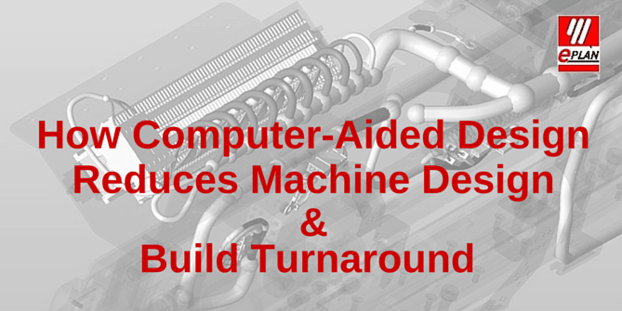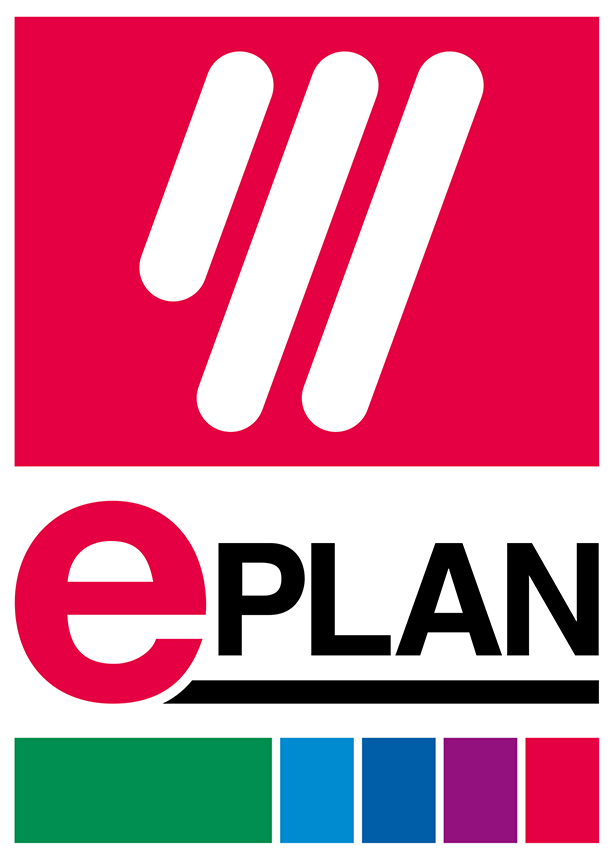
Saving time and money is a major concern when designing and building new machines. There are only so many steps that can be taken to make these savings a reality but the most important -- the one that has the most impact -- is incorporating computer-aided, database-driven design software into your workflow. Here are some ways this 21st-century technology can streamline the process.
Data Consistency
Data consistency and management - from conception and build to service and maintenance - is one of the most critical of the practical aspects of the engineering discipline. Historically, said data is often collected in programs such as Excel or Access and then displayed graphically through CAD programs. Because these tools do not integrate well with each other, constant synchronization is required to maintain the design integrity. And, unfortunately, this synchronization is often a manual process where changes need to be made numerous times (often entering the same data) in both environments and whose implications affect multiple disciplines.
Modern computer-aided, database-driven design software brings the two disparate elements together to eliminate the need for repetitive manual data entry. Information - such as symbols, part models, and other component information that needs to be referenced each time a part is used - can be entered once and is then available to all users using the same platform, across the disciplines, in real time. What’s more, such software captures design data early on in the engineering process thereby reducing data redundancy and minimizing costly errors that result from duplicate data entry.
Streamlined data management can significantly reduce machine design and build turnaround time.
Prototyping can be expensive. Making use of computer-aided design software that incorporates such tools as template management, auto project building, and others, the process of prototyping can be simplified in important ways.
Virtual 3D prototypes can be created which help engineers find and eliminate problems in the early stages of design leading to high planning reliability, decreased time delays in later phases, and fewer iterations in the long run. For example, such virtual 3D prototypes can provide very accurate descriptions of cable paths so that sizing and harness space reservations can be established early on reducing the number of physical prototypes necessary to get it right.
Automation is another benefit of computer-aided design software that can reduce the cost of prototyping. Because the design software is database-driven, automatic generation of schematics based on standardized lists of parts and components becomes possible. Additionally, data can be imported to provide simulation values (discussed below) as well as to minimize component costs by producing a more accurate parts list.
Integration
Integration of engineering disciplines is one of the main benefits of computer-aided, database-driven design software. CAE packages allow for the constant exchange of data and the refining of the design from multiple sides of the project. Nowhere is this more evident than with integration capabilities.
Database-driven design software allows integration with values (mechanical, electrical, etc.) to be available from the very early stages of the development process. For example, sizing major electrical components using simulation values can cut down on waste (through inaccurate ordering) and save time (through optimized delivery schedules and reduced manual data re-entry).
What’s more, the software can generate all the necessary documentation (i.e., layouts, wiring lists, bills of materials, terminal strip layouts, etc.) for building the prototype thereby saving significant time and money.
Conclusion
Computer-aided, database-driven design software is changing the way machines are designed and built. The entire process - from beginning to end - is being revolutionized through the integration of engineering disciplines and software suites to the automation of key functions such as schematic generation and data entry. Never before has production been this easy. Take advantage of what the 21st century has to offer. Take advantage of computer-aided design software.





